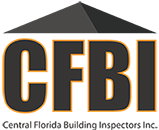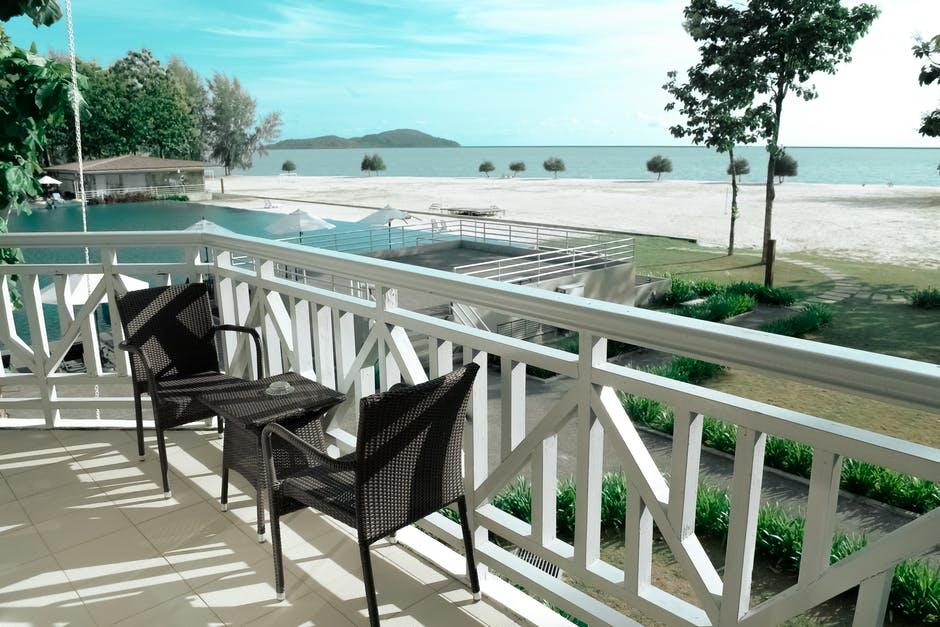Are you confident your rental property inspections cover everything necessary to stay compliant? Many landlords in Tampa overlook key areas, leading to costly repairs or tenant disputes.
Rental property inspections are crucial for maintaining the safety and value of your investment, as well as ensuring tenant satisfaction.
Today, we’re taking a closer look into the five major components of a thorough rental property inspection.
1. Rental Property Inspection: Exterior Condition and Safety
A thorough inspection of a rental property starts with the exterior. There are three key areas to focus on:
- Roof and siding condition
- Walkways and entryways
- Outdoor safety features
Roof and Siding Condition
The roof and siding of the property are the first lines of defense against weather and general wear. Inspecting these areas regularly helps avoid larger problems down the road.
Look for missing shingles, damaged gutters, and cracks in the siding. Small issues left unchecked can become expensive repairs, and they can affect the overall safety and livability of the home.
Walkways and Entryways
Uneven walkways or broken steps can be a safety hazard for tenants and visitors. It’s important to make sure all paths leading to the property are level and free from tripping hazards.
Inspect the front entryway for damage to stairs, railings, or the door itself. If there are any broken parts, they should be repaired promptly to prevent accidents and potential liability.
Rental Inspection Process: Outdoor Safety Features
Outdoor lighting, fences, and gates are all part of exterior safety. Ensuring that lights work properly, gates are secure, and fences are stable is essential to maintaining a safe environment.
2. Interior Structure and Functionality
The interior of a rental property is just as important as the exterior when it comes to inspections. Some main things to focus on during an interior inspection are:
- Structural integrity of walls, floors, and ceilings
- Functionality of doors and windows
- Condition of electrical and plumbing systems
Structural Integrity of Walls, Floors, and Ceilings
Checking the structural elements of a property’s interior is essential. Walls should be free from cracks, holes, or signs of water damage. Inspect floors for any signs of wear or damage, especially in high-traffic areas like hallways and living rooms. Ceilings should be inspected for discoloration or sagging, which can indicate leaks or other problems.
Functionality of Doors and Windows
Doors and windows play an important role in both safety and energy efficiency. Make sure all doors open and close smoothly and locks are functioning properly.
Windows should also open and close easily, and there shouldn’t be any drafts or broken seals. Broken or malfunctioning doors and windows can lead to increased energy costs for tenants and security concerns for landlords.
Condition of Electrical and Plumbing Systems
A key part of any interior inspection is checking the electrical and plumbing systems. Ensure that all outlets, light switches, and appliances are working properly.
Inspect plumbing fixtures for leaks or water pressure issues, and check under sinks for signs of mold or water damage. The systems are vital for the property’s day-to-day functioning and should be maintained to prevent expensive emergencies.
3. Appliances and Fixtures
Inspecting appliances and fixtures is an important part of any rental property inspection. Large appliances, such as stoves, ovens, refrigerators, and dishwashers, should be checked regularly to ensure they are in good working condition.
Tenants rely on these items, and any failure can disrupt daily life. Look for signs of wear, faulty parts, or any unusual noises that could indicate a problem
Functionality of Fixtures
Fixtures, such as faucets, sinks, lighting, and ceiling fans, should also be included in inspections. Ensure all fixtures are working properly and free from leaks, drips, or electrical issues. Even small problems like a leaky faucet can lead to bigger issues like water damage over time.
4. Safety Equipment and Compliance
Safety equipment is an essential part of any rental property inspection. Smoke detectors and carbon monoxide alarms are vital for tenant safety. They should be inspected regularly to confirm they are working properly.
Batteries need to be replaced as needed, and the units should be tested to ensure they are fully operational. Faulty or expired detectors can lead to serious consequences in the event of a fire or carbon monoxide leak, so regular checks are a must.
Fire Extinguishers
Fire extinguishers are another important part of a rental property’s safety system. Ensure they are placed in accessible areas and have not passed their expiration dates.
Also, tenants must know where they are located and how to use them in an emergency. Keeping extinguishers up-to-date and in working condition ensures that the property remains compliant with safety regulations and provides an extra layer of protection.
5. Compliance with Local Safety Regulations
In Tampa, rental properties must adhere to specific safety codes, which include maintaining functional smoke detectors, carbon monoxide alarms, and fire extinguishers. Landlords are responsible for ensuring all safety equipment is in place and functioning according to local laws.
Tenant Compliance and Damage Assessment
Inspecting a property allows landlords to check if tenants are following the lease. It might include verifying that there are no unauthorized pets, subletting, or other violations of the agreement. A quick review of the property can confirm that the space is being used properly and that the tenant respects the agreed-upon rules.
Identifying Damage and Assessing Responsibility
While some wear and tear is expected, landlords should always assess the property for any significant damage during inspections. It could include broken fixtures, holes in walls, or other damages that go beyond normal use.
Inspections help document these issues and determine whether the tenant is responsible for repairs.
Property Maintenance Tips: Landlord Inspection Guide
A thorough rental property inspection covers all key areas of a property, from the exterior to tenant compliance.
At Central Florida Building Inspectors, we’ve proudly offered reliable residential and commercial inspections since 1988. As a family-owned business, we perform thousands of inspections yearly. Our certified inspectors and experienced staff are always available to answer your calls.
Get in touch today to discover how our decades of local knowledge and experience in Central Florida can work for you.










